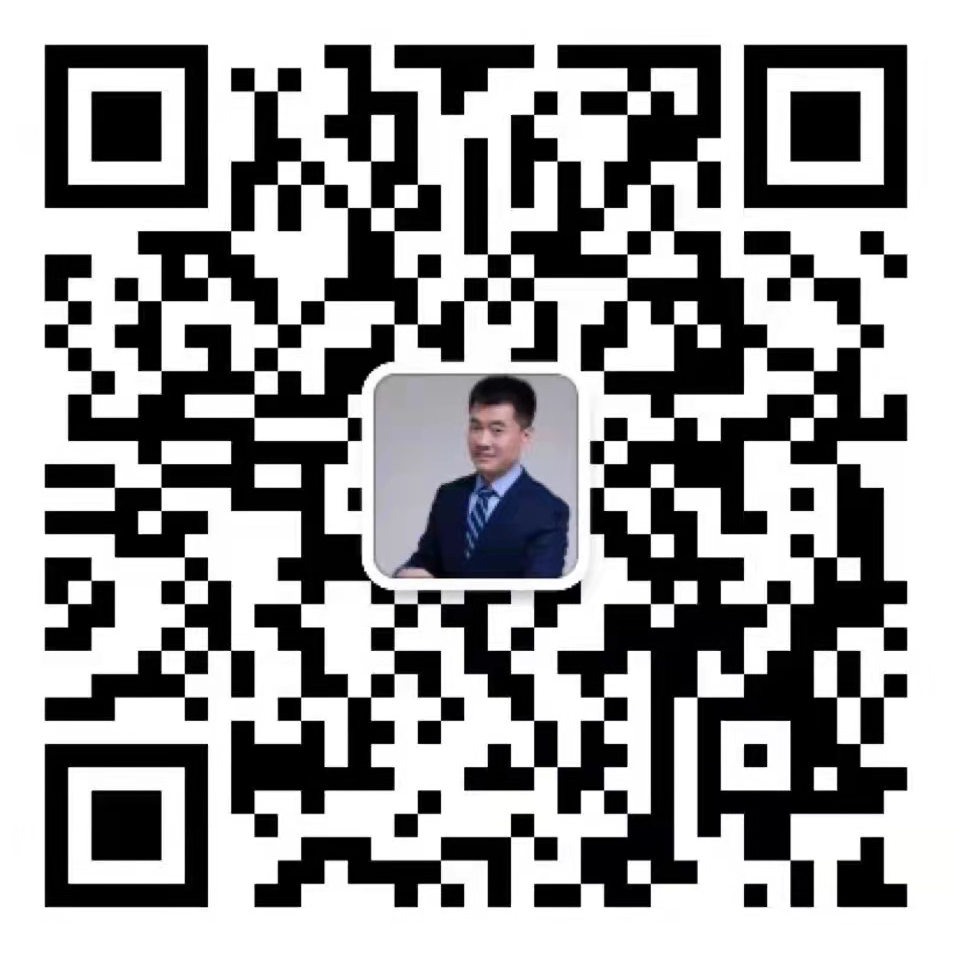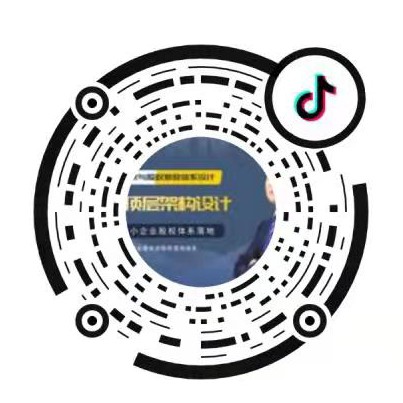所有合伙人鬧矛盾的主要原因是無退出規(guī)則:當合伙人主動或被動退出時,,應當符合怎樣的條件?又應該經(jīng)過怎樣的流程?這些都屬于退出規(guī)則的內(nèi)容,。 對此,
濟南股權(quán)合伙設(shè)計公司認為,,企業(yè)須事先約定該規(guī)則,。很多企業(yè)走向衰退的原因并非業(yè)績不佳或競爭乏力,而是某位合伙人的突然退出,。無論是以何種形式參與入伙的合伙人,,其退出都可能對企業(yè)造成重大影響,具體如下,。
The main reason for all partners' conflicts is that there is no withdrawal rule: what conditions should be met when partners withdraw actively or passively? What process should we go through? These are the contents of the exit rule. In this regard, Jinan Equity Partnership Design Company believes that enterprises must agree on the rules in advance. The reason for many enterprises to decline is not poor performance or weak competition, but the sudden withdrawal of a partner. The withdrawal of a partner who participates in the partnership in any form may have a significant impact on the enterprise, as detailed below.
1.出錢不出力,。
1. Do not contribute.
此類合伙人退出時,然要抽取入伙資金,,這就會造成企業(yè)資金流風險,。
When such partners withdraw, however, they need to draw the funds to join the partnership, which will cause the risk of enterprise capital flow.
2.出力不出錢。
2. Make efforts without paying.
此類合伙人退出時,,則可能引發(fā)企業(yè)運營管理的混亂,,造成企業(yè)管理風險。
When such partners withdraw, they may cause confusion in the operation and management of the enterprise and cause the risk of enterprise management.

3.出資源/出產(chǎn)品/出技術(shù),。
3. Produce resources/products/technologies.
此類合伙人退出時,則可能收回渠道,、產(chǎn)品等資源,,或知識產(chǎn)權(quán)、技術(shù)等無形資產(chǎn),,引發(fā)經(jīng)營風險;即使不收回,,后續(xù)的維護、升級也可能面臨困境,。
When such partners withdraw, they may withdraw resources such as channels and products, or intangible assets such as intellectual property rights and technology, which may cause business risks; Even if it is not recovered, the subsequent maintenance and upgrading may also face difficulties.
為了規(guī)避合伙人退出對企業(yè)造成的損害以及可能發(fā)生的利益沖突,,退出規(guī)則的關(guān)鍵點包括:
In order to avoid the damage to the enterprise caused by the withdrawal of partners and possible conflicts of interest, the key points of the withdrawal rule include:
1.合伙人的股權(quán)與服務期限掛鉤,避免合伙一年就退出的情況出現(xiàn),。
1. The partner's equity is linked to the service period, so as to avoid the situation that the partner withdraws after one year.
2.持股合伙人中途退出的,,股權(quán)溢價/折價回購。
2. If the shareholding partner withdraws halfway, the equity premium/discount repurchase.
3.設(shè)定高額違約金條款,。
3. Set high penalty clauses.
4.持股合伙人如果離婚,,個人財產(chǎn)申明/只有經(jīng)濟利益,不具有主張公司事務的任何權(quán)利。
4. If the shareholding partner is divorced, his personal property is declared/has only economic interests and has no right to claim the company's affairs.
5.持股合伙人如果犯罪,,強行退出,,未成熟股份由公司回購。
5. If the shareholding partner commits a crime and withdraws forcibly, the immature shares shall be repurchased by the company.
6.持股合伙人如果去世,,只能繼承股權(quán)財產(chǎn),,而不能繼承股東權(quán)利。
6. If the shareholding partner dies, he can only inherit the equity property, not the shareholder's rights.
其次,,罷免規(guī)則的關(guān)鍵點包括:
Secondly, the key points of the recall rule include:
1.因不能勝任工作崗位,、違背職業(yè)道德、失職瀆職等行為,。
1. Due to incompetence, violation of professional ethics, dereliction of duty, etc.
2.嚴重損害公司利益或聲譽而導致的降職,。
2. Demotion caused by serious damage to the company's interests or reputation.
3.公司有足夠的證據(jù)證明乙方在任職期間,由于受賄索賄,、貪污盜竊,、泄露公司經(jīng)營和技術(shù)秘密、損害公司聲譽等行為,,給公司造成損失的,。
3. The company has sufficient evidence to prove that Party B has caused losses to the company due to bribery, embezzlement, theft, disclosure of the company's business and technical secrets, damage to the company's reputation and other acts during the term of office.
4.開設(shè)相同或相近的業(yè)務公司。
4. Opening the same or similar business companies.
5.自行離職或被公司辭退,。
5. Self resignation or dismissal by the company.
6.傷殘,、喪失行為能力、死亡,。
6. Disability, incapacity and death.
7.違反公司章程,、公司管理制度、保密制度等其他行,。
7. Violate the articles of association, company management system, confidentiality system and other acts.
8.違反國家法津法規(guī)并被利事處罰的其他行為,。
8. Other acts that violate national laws and regulations and are punished by public interest.
合伙人模式退出規(guī)則的設(shè)計,離不開上述的關(guān)鍵點,,但在具體設(shè)計過程中,,由于企業(yè)的發(fā)展模式、組織架構(gòu)不同,,其退出規(guī)則的設(shè)計也有所區(qū)別,。因此,在設(shè)計退出規(guī)則時,,須充分考慮企業(yè)自身的實際情況,,并獲得所有合伙人的認可。更多相關(guān)內(nèi)容就來我們網(wǎng)站
http://zyvd.cn咨詢吧,!
The design of the exit rules of the partnership model cannot be separated from the above key points, but in the specific design process, due to the different development models and organizational structures of enterprises, the design of the exit rules is also different. Therefore, when designing the exit rules, it is necessary to fully consider the actual situation of the enterprise itself and obtain the approval of all partners. Come to our website for more relevant content http://zyvd.cn Ask!



 13698613138
13698613138


